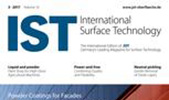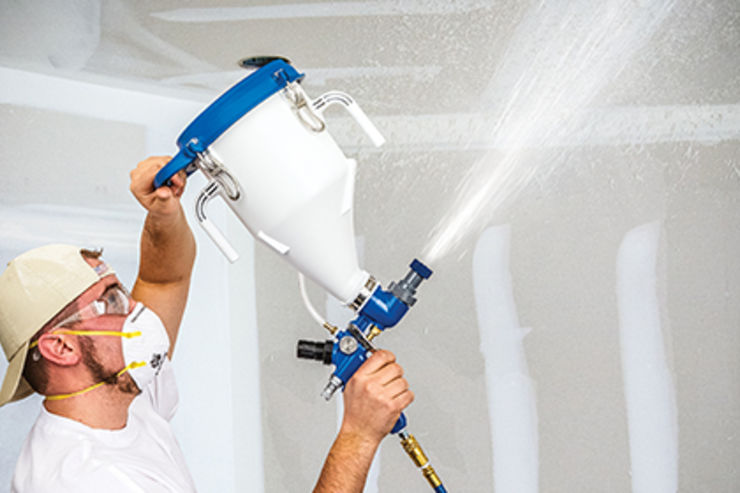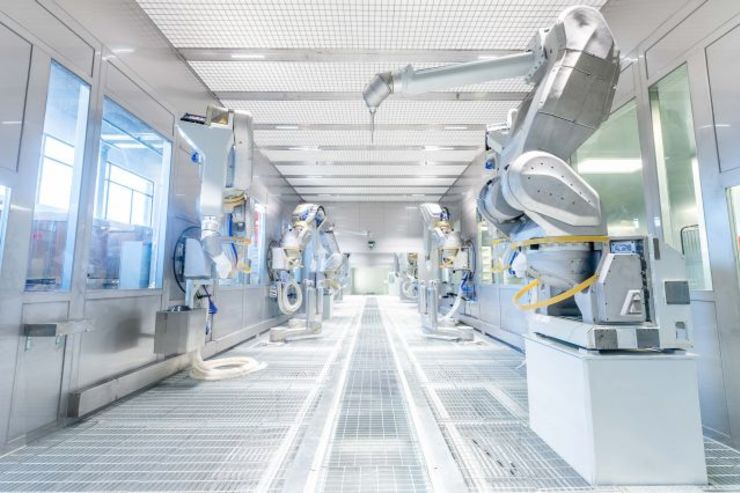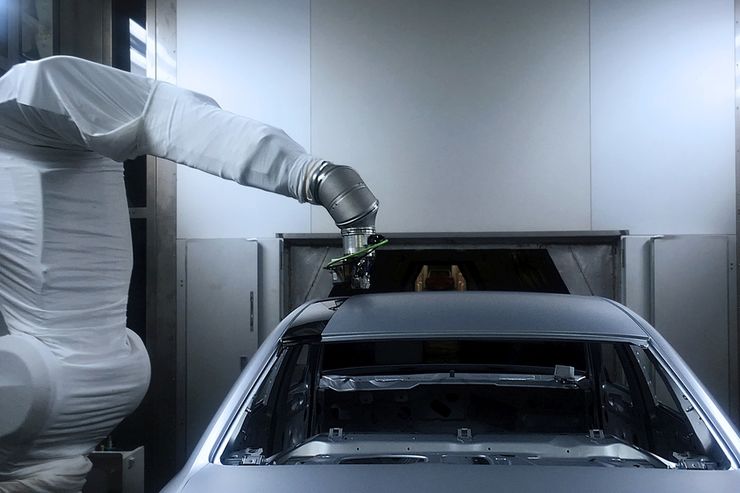More about special topic liquid coating
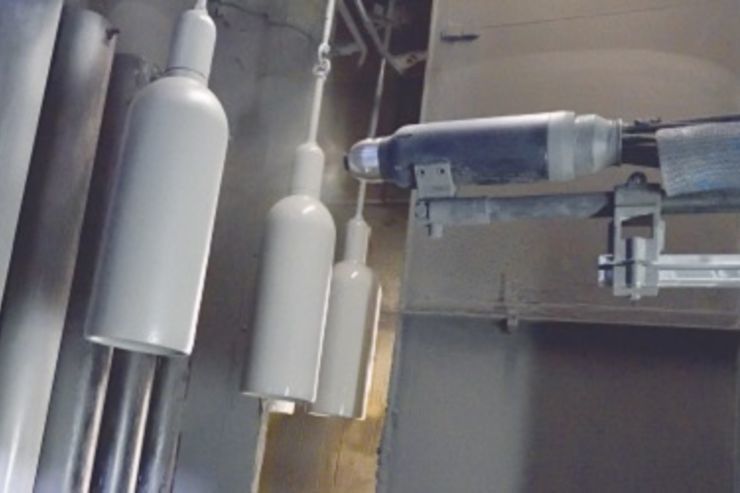
Painting technology is a cross-sectional technology. Liquid coating makes it possible to meet different requirements on many substrates. Solvent paints and water-based coating materials are used.
Whether metallic materials, plastics, wood and wood-based materials, glass, composite materials or other substrates, Liquid coating enables the coating of practically all surfaces. The quality and cost-effectiveness of the coating process depend decisively on the optimum interaction of the various plant components, the application technology, the coating material used and the substrate. In order to achieve optimum adhesion of the coating layer, pre-treatment is carried out before the coating is applied. Painting can be carried out with solvent-based and water-based paints.
Reducing or avoiding solvents
One way of keeping the VOC values low when using solvent paints is to use so-called high-solids (HS) and ultra-high-solids (UHS) paints. They are characterised by a high solids content. Although there is no generally applicable definition of this, solvent-based coatings with a solids content of around 65 percent by volume or more are usually referred to as high-solids. With UHS systems, significantly higher solids contents can be achieved, depending on the coating. These low-solvent coatings are formulated according to requirements such as substrate, pretreatment, functional and decorative properties. They can usually be processed on existing coating lines.
Water-based coatings are an alternative. They place higher demands on pretreatment, the air supply in the paint booth and the evaporation zone. Therefore, when changing from solvent-based to water-based paints, conversion work is required on the paint booth.
A decisive factor for the competitiveness of coating companies is the most efficient possible use of resources, materials and energy. Material savings can often be achieved with a new paint system. For example, coating systems are available for so-called wet-on-wet processes. In addition to reducing process cycles, they also reduce overall process costs and increase productivity without loss of quality. Coatings that dry or cure at lower temperatures also contribute to noticeable cost savings.
Increase in material efficiency
Savings potential can also be exploited by reducing possible sources of loss such as atomizer overspray, paint change losses during application and in paint supply. One approach is to increase the application efficiency by means of spray jet formation adapted to the workpiece geometry, electrostatically supported paint spray guns and high-speed rotary atomizers, where the width of the spray jet, for example, can be adjusted. Mechanical and electronic mixing systems are available for the continuously growing proportion of 2-component paints used in the coating of metal, plastic and wood substrates. They ensure exact dosing of the components and homogeneous mixing of the coating. In addition, only the required amount of material is mixed.
Automated application also contributes to more economical painting processes. In addition to material savings, it enables higher reproducibility and reduced rejects. A positive savings effect of the automated paint application is achieved by the simpler conversion from fresh/exhaust air systems to circulating air systems for the conditioning of the paint booth. Energy savings of between 60 and 70 percent are possible. In painting booths for manual application, energy consumption can be reduced, for example, by optimizing the air flow and precisely adjusting the air volume, as well as recovering heat from the exhaust air.

